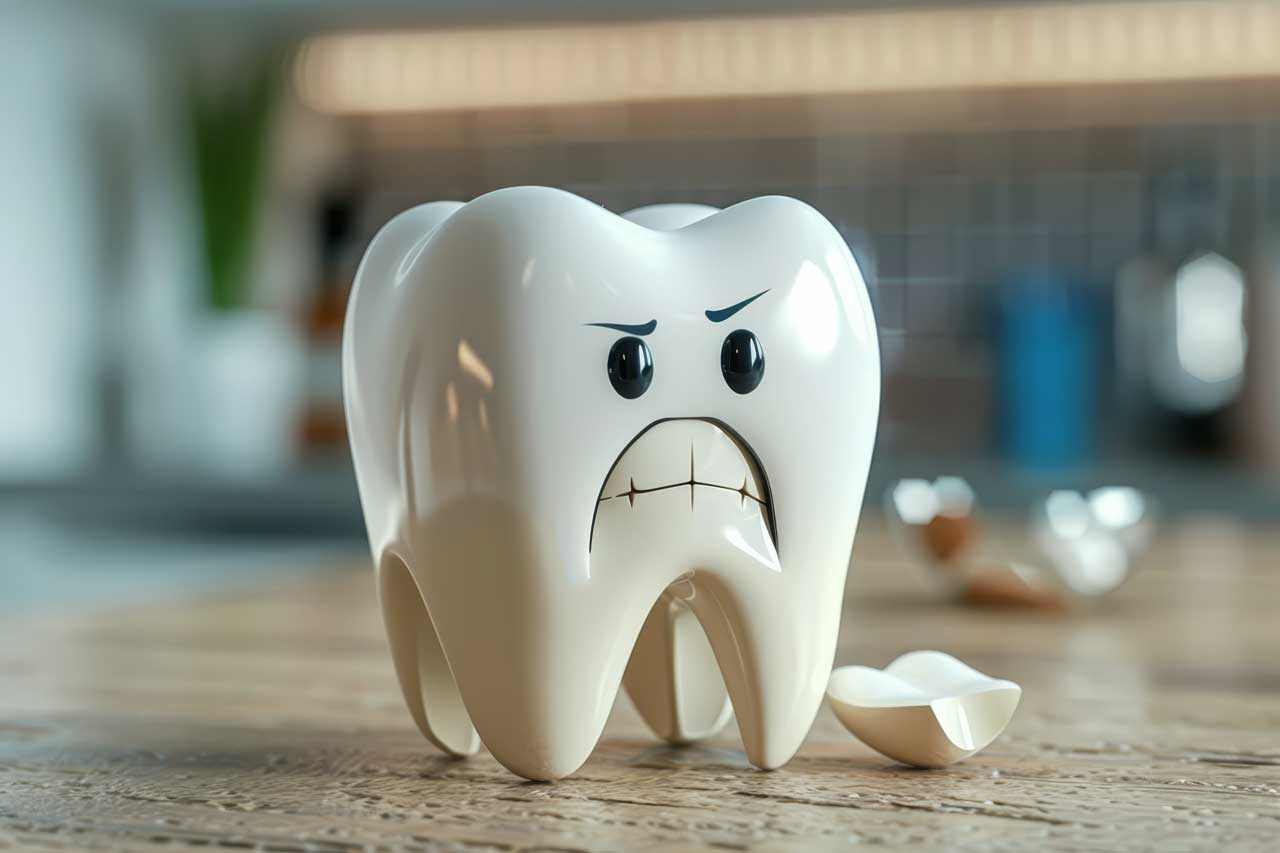
Accidents happen, and one of the most alarming situations is when a tooth gets knocked out. Whether it’s due to sports, a fall, or an unexpected collision, knowing how to respond quickly can make a significant difference in the outcome. This guide will walk you through essential first aid steps to take immediately after a tooth is knocked out, ensuring you maximize the chances of saving the tooth and minimizing further complications.
Contents
Understanding the Types of Teeth
Before diving into the first aid steps, it’s crucial to understand the types of teeth involved. There are two main categories: primary (baby) teeth and permanent (adult) teeth.
Primary Teeth
- Characteristics: Primary teeth are smaller, whiter, and smoother than adult teeth. They typically begin to fall out around age six as permanent teeth emerge.
- Importance: While they play a vital role in a child’s development, they should not be reinserted if knocked out, as this can damage the underlying permanent tooth.
Permanent Teeth
- Characteristics: Permanent teeth are larger, often yellowish, and have a more complex structure with bumps called mamelons.
- Importance: If a permanent tooth is knocked out, immediate action can often save it.
Understanding these differences is essential for determining the appropriate response when a tooth is lost.
Immediate Actions to Take
When a tooth is knocked out, every second counts. Here’s what you should do right away.
Stay Calm
- Emotional Control: It’s natural to feel panic, but staying calm will help you think clearly and act quickly.
- Reassure the Victim: If the person is a child, reassure them that everything will be okay.
Locate the Tooth
- Find the Tooth: Quickly search for the knocked-out tooth. The sooner you find it, the better the chances of saving it.
- Handle with Care: Always pick up the tooth by the crown (the top part) and avoid touching the root, as this can damage the delicate cells necessary for reattachment.
You can learn more about overall oral care practices in Teeth Cleaning: Best Practices, Tips, and Tools You Need to Be Using
Cleaning the Tooth
If the tooth is dirty, it’s essential to clean it properly to avoid infection.
Rinse Gently
- Use Water: If the tooth is soiled, rinse it gently under lukewarm water. Avoid using soap, chemicals, or scrubbing, as these can harm the tooth.
- No Tap Water: Do not soak the tooth in tap water for extended periods, as this can damage the root surface cells.
Keep It Moist
- Moisture is Key: The tooth must remain moist at all times. If you cannot reinsert it, place it in a suitable medium.
Replacing the Tooth
If the tooth is a permanent one, you may be able to reinsert it.
Reinsert the Tooth
- Positioning: If possible, gently place the tooth back into its socket. Ensure that the root is facing downwards.
- Bite Down Gently: To keep the tooth in place, the person can bite down on a clean cloth or handkerchief.
If You Can’t Reinsert
If reinserting the tooth isn’t feasible, keep it moist using one of the following methods:
- Milk: Place the tooth in a cup of milk, which helps preserve the root cells.
- Saliva: Alternatively, you can place the tooth in the person’s mouth next to their cheek, ensuring it stays moist.
- Wet Cloth: Wrap the tooth in a clean, damp cloth if no other options are available.
Seeking Professional Help
After taking immediate action, it’s crucial to seek dental care as soon as possible.
Time is of the Essence
- 30-Minute Rule: Aim to see a dentist or endodontist within 30 minutes of the incident for the best chance of saving the tooth.
- Bring the Tooth: Always take the knocked-out tooth with you to the dental appointment.
Choosing the Right Professional
- Dentist vs. Endodontist: While a general dentist can help, an endodontist specializes in saving teeth and may provide better care for a knocked-out tooth.
For tips on being prepared for dental emergencies, check out our blog on Emergency Dentistry: When Time is of the Essence.
What to Expect at the Dentist
When you arrive at the dental office, the dentist will assess the situation.
Examination
- Visual Inspection: The dentist will examine the tooth and the socket to determine the best course of action.
- X-rays: They may take X-rays to check for any additional damage to the surrounding teeth or jawbone.
Treatment Options
- Reinsertion: If the tooth is viable, the dentist will attempt to reinsert it into the socket.
- Stabilization: The dentist may use a splint to stabilize the tooth while it heals. In some cases, restorative dentistry options like amalgam-free fillings might be necessary for further repairs.
For more about ways to fix damaged teeth, check out The Most Effective Ways to Fix Your Teeth.
Aftercare Instructions
Once the tooth has been treated, follow these aftercare tips to ensure proper healing.
Pain Management
- Over-the-Counter Pain Relief: Use ibuprofen or acetaminophen as directed to manage any discomfort.
- Cold Compress: Apply a cold compress to the outside of the mouth to reduce swelling.
Oral Hygiene
- Gentle Cleaning: Maintain oral hygiene but avoid the area around the reinserted tooth for the first few days. Read our Teeth Brushing Best Practices to brush safely and effectively.
- Follow-Up Appointments: Attend any scheduled follow-up appointments to monitor healing.
Preventing Future Incidents
While accidents can happen, there are steps you can take to minimize the risk of knocked-out teeth.
Use a Mouthguard
- Sports Protection: Wearing a mouthguard during contact sports can significantly reduce the risk of dental injuries.
- Custom Fit: Consider getting a professionally fitted mouthguard for optimal protection.
Educate on Safety
- Awareness: Teach children about the importance of being cautious during play and sports to prevent accidents.
- Safe Environment: Ensure that play areas are safe and free from hazards that could lead to falls or collisions.
You can also maintain strong, healthy teeth by avoiding certain foods — discover what they are in Top Foods to Avoid for Healthy Teeth and Gums.
Conclusion
Knowing what to do if you knock out a tooth can make a significant difference in the outcome. By staying calm, acting quickly, and seeking professional help, you can maximize the chances of saving the tooth. Remember to take preventive measures to protect your teeth in the future. Whether it’s through wearing a mouthguard or educating yourself and your loved ones about safety, being proactive can help you avoid dental emergencies.
If you ever experience a dental emergency like a knocked-out tooth, don’t wait — reach out to Costello Family Dentistry right away. Our experienced team is here to provide urgent care and restore your smile. Contact us today to get the help you need!


